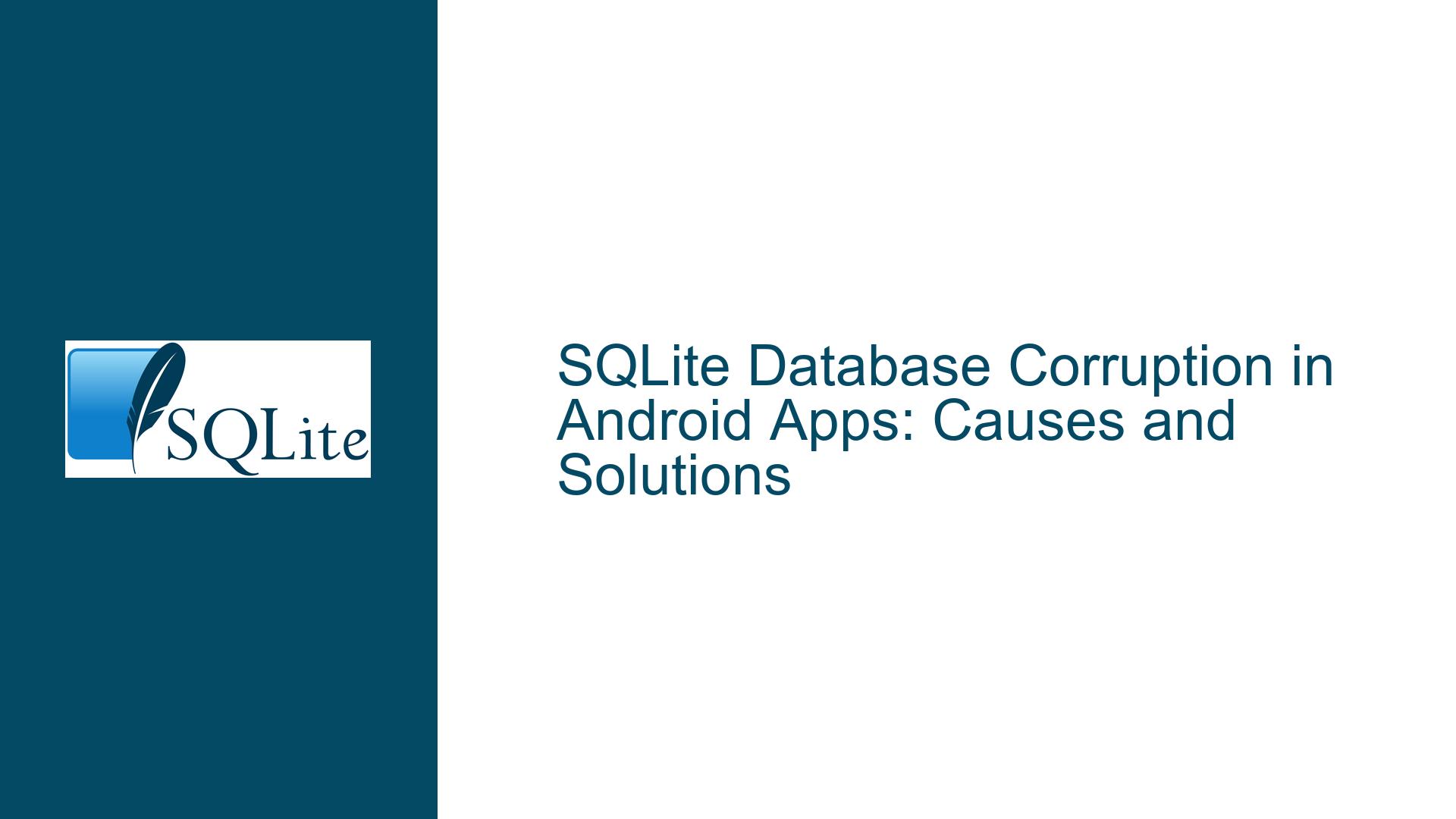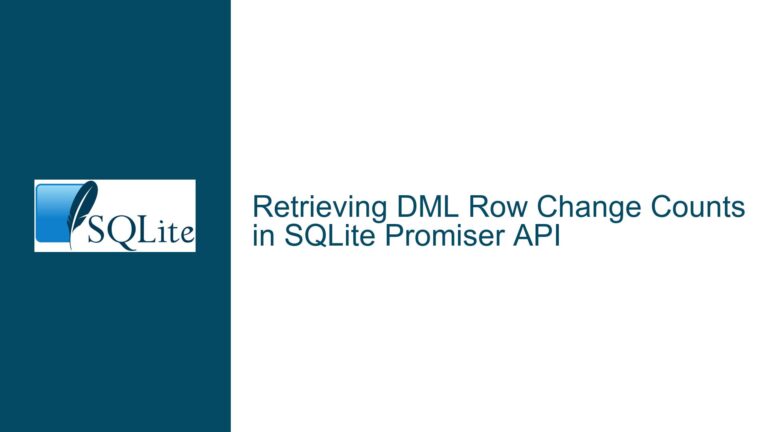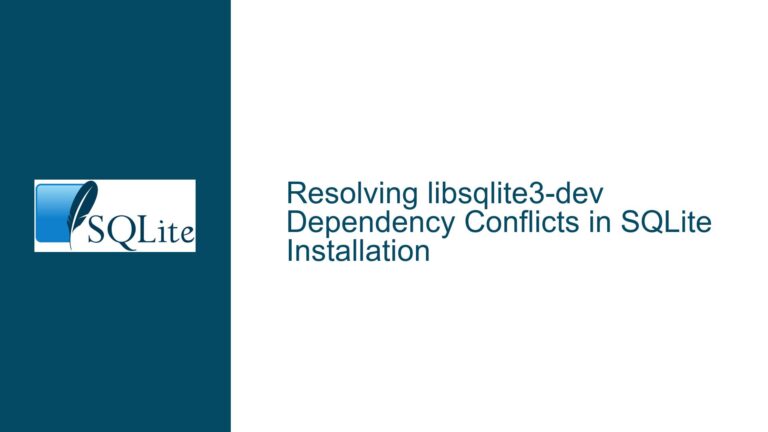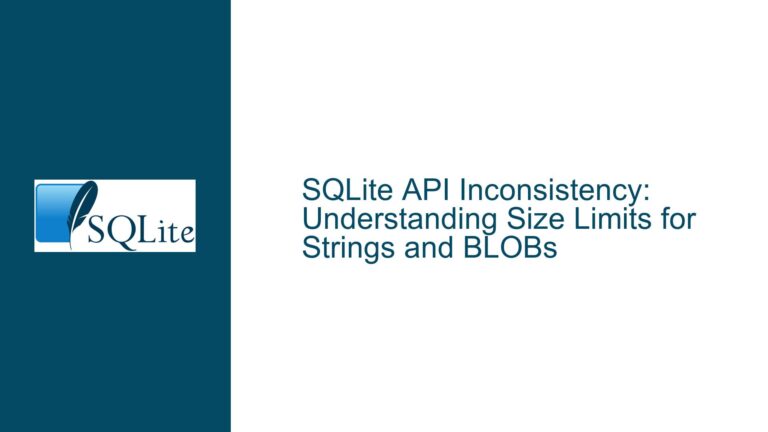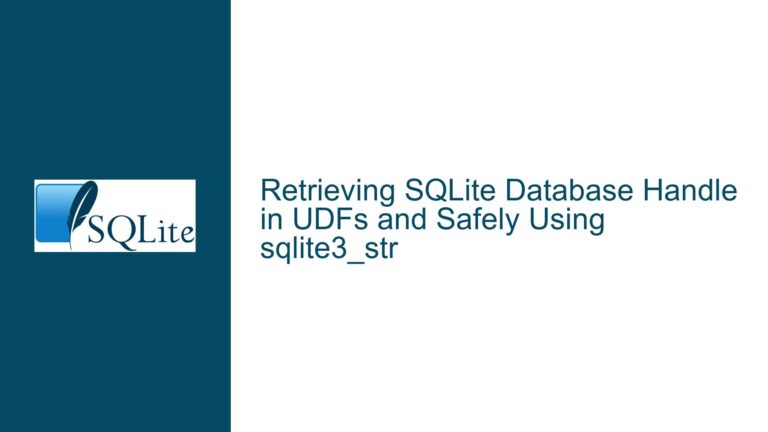SQLite Database Corruption in Android Apps: Causes and Solutions
SQLite Database Corruption in Android Apps
SQLite database corruption in Android applications is a critical issue that can lead to data loss, application crashes, and a poor user experience. This problem often manifests when users report that their app data becomes inaccessible or behaves unpredictably. The corruption can occur due to a variety of reasons, ranging from improper handling of database connections to external factors such as power failures or device crashes. Understanding the root causes and implementing robust solutions is essential to prevent such issues and ensure data integrity.
In Android applications, SQLite is commonly used as the local database due to its lightweight nature and ease of integration. However, the very features that make SQLite appealing—such as its serverless architecture and file-based storage—also make it susceptible to corruption if not managed correctly. The database file, typically stored in the app’s internal storage, can become corrupted if write operations are interrupted, if the device loses power during a transaction, or if the app fails to handle concurrency properly.
The symptoms of database corruption can vary. Users might encounter error messages such as "database disk image is malformed," or the app might crash when attempting to access certain data. In some cases, the app might appear to function normally, but data inconsistencies or missing records indicate underlying corruption. Identifying and resolving these issues requires a deep understanding of SQLite’s behavior, Android’s file system management, and best practices for database handling in mobile environments.
Interrupted Write Operations and Concurrency Issues Leading to Corruption
One of the primary causes of SQLite database corruption in Android apps is interrupted write operations. SQLite uses a file-based storage system, meaning that all database operations are directly performed on the database file. If a write operation is interrupted—for example, due to a sudden power loss or an app crash—the database file can be left in an inconsistent state. This inconsistency can lead to corruption, making the database unreadable or causing data loss.
Concurrency issues also play a significant role in database corruption. SQLite supports multiple connections to the same database, but it requires careful management to avoid conflicts. If an app opens multiple database connections and performs simultaneous write operations without proper synchronization, it can lead to race conditions. These race conditions can result in corrupted data or even a corrupted database file. Android’s SQLiteOpenHelper class provides some level of concurrency management, but it is not foolproof, especially in complex apps with high levels of database activity.
Another common cause of corruption is the misuse of transactions. SQLite uses transactions to ensure atomicity, consistency, isolation, and durability (ACID properties) of database operations. If an app fails to properly commit or roll back transactions, it can leave the database in an inconsistent state. For example, if an app begins a transaction, performs several write operations, and then crashes before committing the transaction, the database might be left with partial changes that violate its integrity constraints.
External factors such as file system errors or hardware issues can also contribute to database corruption. Android devices, especially those with limited resources or older hardware, might experience file system errors that affect the database file. Additionally, if the device’s storage is nearly full, SQLite might not be able to allocate enough space for its journal files, leading to incomplete transactions and potential corruption.
Implementing PRAGMA journal_mode and Robust Database Backup Strategies
To prevent SQLite database corruption in Android apps, developers must adopt a multi-faceted approach that includes proper configuration of SQLite’s journaling mode, robust error handling, and regular database backups. One of the most effective ways to mitigate the risk of corruption is by configuring SQLite’s journaling mode using the PRAGMA journal_mode statement. SQLite offers several journaling modes, each with its own trade-offs between performance and reliability.
The WAL (Write-Ahead Logging) mode is particularly well-suited for Android applications. In WAL mode, SQLite writes changes to a separate WAL file instead of directly modifying the database file. This approach allows for better concurrency, as readers can access the database while writers are making changes. Additionally, WAL mode reduces the risk of corruption because the database file is not directly modified until the changes are committed. To enable WAL mode, developers can execute the following SQL statement: PRAGMA journal_mode=WAL;. This should be done when the database is first opened.
Another important consideration is the use of transactions. Developers should ensure that all database operations that modify data are wrapped in transactions. This practice ensures that either all changes are committed, or none are, maintaining the database’s integrity. For example, instead of executing individual INSERT or UPDATE statements, developers should use the following pattern:
SQLiteDatabase db = dbHelper.getWritableDatabase();
db.beginTransaction();
try {
// Perform multiple database operations
db.insert("table_name", null, values1);
db.update("table_name", values2, "id=?", new String[]{"1"});
db.setTransactionSuccessful();
} finally {
db.endTransaction();
}
This pattern ensures that if any operation fails, the entire transaction is rolled back, preventing partial changes that could lead to corruption.
Regular database backups are also crucial for preventing data loss in the event of corruption. Android provides several mechanisms for backing up SQLite databases, including the use of the SQLiteDatabase class’s backup method. Developers can create a backup of the database file and store it in a secure location, such as external storage or cloud storage. In the event of corruption, the app can restore the database from the backup, minimizing data loss.
In addition to these preventive measures, developers should implement robust error handling to detect and respond to database corruption. SQLite provides several PRAGMA statements that can be used to check the integrity of the database. For example, the PRAGMA integrity_check; statement can be used to verify the database’s integrity. If corruption is detected, the app can attempt to repair the database or restore it from a backup.
Finally, developers should consider using third-party libraries or tools that provide additional layers of protection against database corruption. Libraries such as Room, which is part of Android’s Jetpack suite, offer higher-level abstractions for working with SQLite and include built-in mechanisms for handling concurrency and transactions. These libraries can simplify database management and reduce the risk of corruption.
In conclusion, SQLite database corruption in Android apps is a complex issue that requires a comprehensive approach to prevent and mitigate. By understanding the causes of corruption, configuring SQLite’s journaling mode, using transactions correctly, implementing regular backups, and employing robust error handling, developers can significantly reduce the risk of database corruption and ensure the reliability and integrity of their apps’ data.
